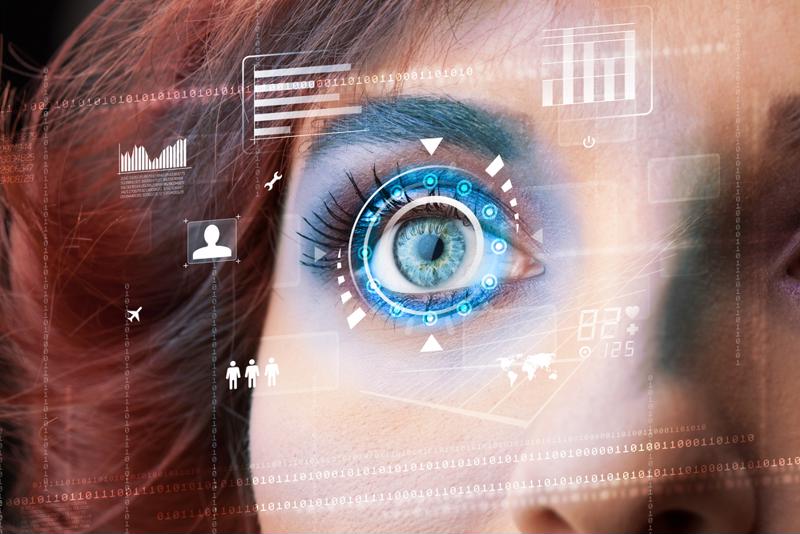
Bionic eyes
By Max BurkhalterJuly 5, 2022
Once relegated to the realm of science fiction, the concept of bionic eyes – artificial ocular replacements featuring vision-enhancing technologies – is edging closer to real-world application these days. Thanks to sensors with Internet of Things (IoT)-bolstered connectivity, the ability to harness advanced data collection is making the movie-worthy possibilities of bionic eyes a reality.
This article will examine the state of this particular technology, and how bionic eyes could one day grant enhanced vision to the sightless and sci-fi buffs alike.
Future state
Bionic eyes, designed to replace natural human eyes, utilize various types of artificial intelligence (AI) and machine learning (ML) to absorb, interpret and reflect data back into the world. The first version of the bionic eye was first implanted in 2012.
Bionic Vision Technologies (BVA), an Australian government-backed consortium, surgically installed a "prototype" robotic eye in a woman living with hereditary sight loss caused by a condition known as degenerative retinitis pigmentosa.
This "pre-bionic eye" – a tiny instrument attached to Dianne Ashworth's retina – contained 24 electrodes that powered electrical impulses to stimulate the nerve cells of her eyes.
10 years later, BVT's Bionic Eye System offers a wearable, IoT-connected device and visual implant that mimics the functionality of a cochlear hearing implant. It operates by translating images from a camera into electrical signals that stimulate the nerves of the eye thanks to electrodes implanted behind the retina.
Designed to offer ease-of-use and comfort for the wearer, the external components of the Bionic Eye System – the eyewear, processing unit and stimulator – can be easily removed. While this technology is offering sight-enhancing possibilities for those losing vision, the wearable state of BVT's system represents a bridge towards a fully-implanted device that remains affixed to the wearer indefinitely.

Growth industry
Grand View Research reports that the bionic eye industry is expected to reach a compound annual growth rate (CAGR) of 12.7% in the period between 2021-2027. During the forecast period, implanted eye technologies are expected to rival external eye versions as the compact data processing power of the artificial eyes continues to grow.
The advancements come at an opportune time – the Grand View Research report indicates that 11 million people in the U.S. are suffering from age-related macular degeneration, with the number expected to double by 2050. An estimated 288 million Americans are estimated to be affected by some form of macular degeneration by 2040, ensuring the market for vision-enhancing devices will only continue to grow.
The U.S. estimates are dwarfed by current global figures. According to the World Health Organization (WHO), over 2.2 billion people globally suffer from some form of vision impairment or blindness, highlighting the overreaching impact that bionic eye technology could offer to the affected and aging populations.
Perle offers innovation
The healthcare industry is the primary adoptee of advancing bionic eye technology. Perle is proud to partner with healthcare providers by offering serial to ethernet solutions. To learn more about how Perle provides efficient, reliable connectivity via industrial switches and terminal servers, visit our healthcare solutions page.



